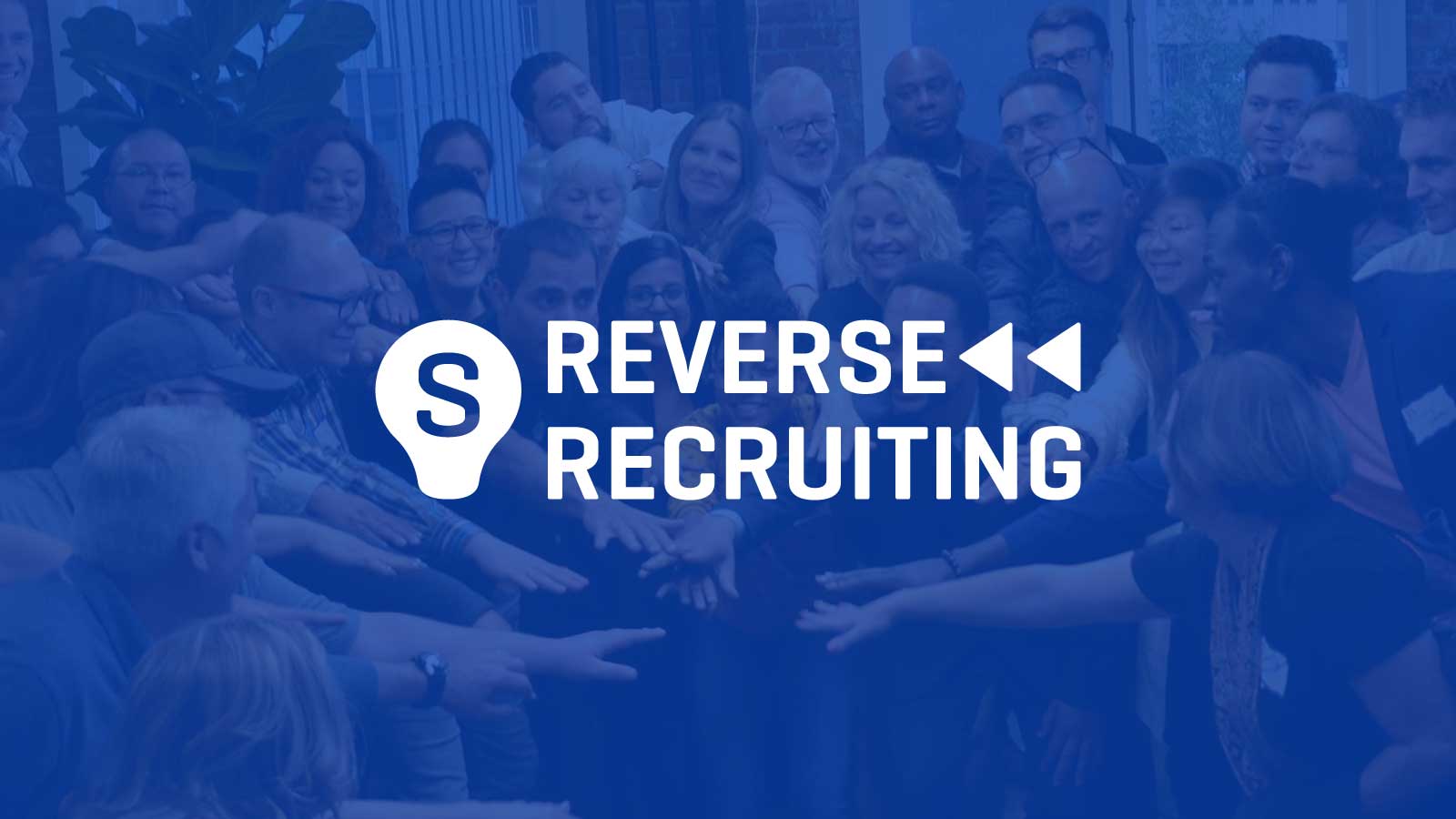Unlock Your Potential: The Power of Reverse Recruiting Methods
Unlock Your Potential: The Power of Reverse Recruiting Methods
Blog Article
Elevate Your Hiring Video Game With Strategic Reverse Hiring Techniques
In the world of talent procurement, typical recruiting methods have actually long been the standard. Nevertheless, as the landscape of working with develops, companies are significantly turning to innovative techniques such as critical reverse recruiting to gain a competitive edge in protecting leading ability. This shift in mindset requires a thoughtful reconsideration of how companies approach the working with procedure, concentrating on attracting passive prospects instead than exclusively relying upon active work candidates. By turning the manuscript and proactively engaging with individuals who may not be proactively looking for brand-new chances, services open themselves as much as a pool of untapped potential. This tactical strategy not just expands the talent pipeline yet additionally cultivates a more varied and experienced workforce.
Comprehending Tactical Opposite Hiring
Strategically leveraging the principle of reverse recruiting can substantially enhance your company's skill procurement method. By turning the standard recruitment technique on its head, reverse recruiting involves proactively looking for out and drawing in easy prospects that may not be actively trying to find brand-new chances. This aggressive technique permits companies to touch into a swimming pool of high-grade skill that might not be accessible with traditional task posts alone.
Understanding the intricacies of calculated reverse recruiting is crucial for its successful execution. It requires a deep understanding of the market landscape, rival evaluation, and the specific ability that remain in high need. reverse recruiting. By conducting complete research and leveraging market insights, companies can recognize and engage with top skill in an extra tailored and targeted manner

Benefits of Reverse Hiring
Reverse recruiting offers an unique approach to talent acquisition by proactively involving with passive candidates who might not be proactively looking for work possibilities. This approach allows firms to take advantage of a swimming pool of ability that standard recruiting techniques might ignore. One of the essential benefits of reverse recruiting is the capability to target prospects that are already used and satisfied in their current roles. These people are commonly leading performers in their corresponding areas, bringing important abilities and experience to the table.

Trick Components of Reverse Recruiting
Having checked out the advantages of reverse recruiting in targeting top performers who are material in their present roles, it is vital to recognize the essential components that make this approach successful in bring in easy prospects. Easy prospects are typically not proactively seeking brand-new possibilities, so having a positive track record as a company can pique their passion.
One more crucial component is personalized outreach. Considering that passive candidates are not proactively her response seeking work, generic employment messages are likely to be overlooked. Customizing outreach initiatives to highlight exactly how the particular abilities and experiences of the candidate align with the firm's requirements can considerably boost the chances of getting their interest.
In addition, cultivating relationships with easy candidates in time is important. Routinely engaging with them via networking events, industry conferences, or perhaps occasional check-ins can assist build rapport and count on, making them more receptive to potential work chances in the future. By integrating these key parts right into reverse recruiting methods, companies can efficiently attract and employ leading talent from the pool of passive candidates.
Carrying Out Reverse Hiring Methods

Furthermore, creating compelling employer branding and showcasing a favorable firm culture can help draw in passive prospects and urge them to think about brand-new job chances. Building a skill area or skill pipeline can likewise be advantageous in nurturing relationships with passive candidates with time, maintaining them involved and thinking about possible future functions within the organization. Generally, carrying out my website reverse recruiting methods requires a positive and personalized strategy to talent procurement, concentrating on establishing significant connections with passive candidates to drive long-lasting recruitment success.
Measuring Success backwards Recruiting
One essential metric is the quality of prospects involved with reverse recruiting networks. By determining the conversion rate of passive prospects into active applicants or works with, companies can evaluate the efficiency of their reverse recruiting efforts.
Monitoring retention prices among prospects hired with reverse techniques can supply understandings right into the long-lasting success of the strategy. High retention prices suggest that the prospects sourced with reverse recruiting are a great fit for the organization, adding favorably to its overall skill pool.
Verdict
Finally, tactical reverse recruiting provides an one-of-a-kind strategy to hiring that concentrates on drawing in leading skill with proactive involvement and relationship-building. By leveraging this method, organizations can acquire a competitive side in the skill market and improve their recruitment outcomes. It is important to understand the benefits, essential components, and techniques of reverse recruiting to efficiently execute and gauge success in this cutting-edge method to working with.
Report this page